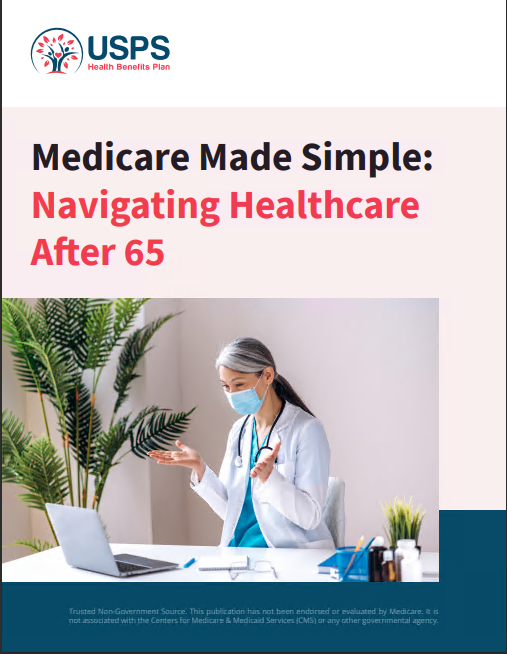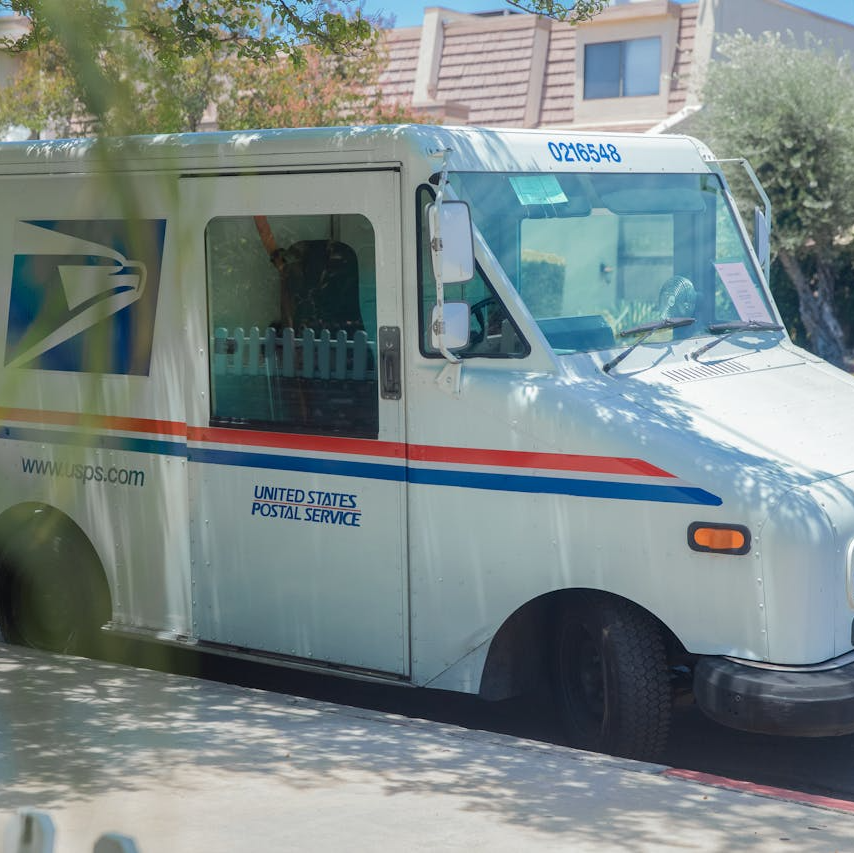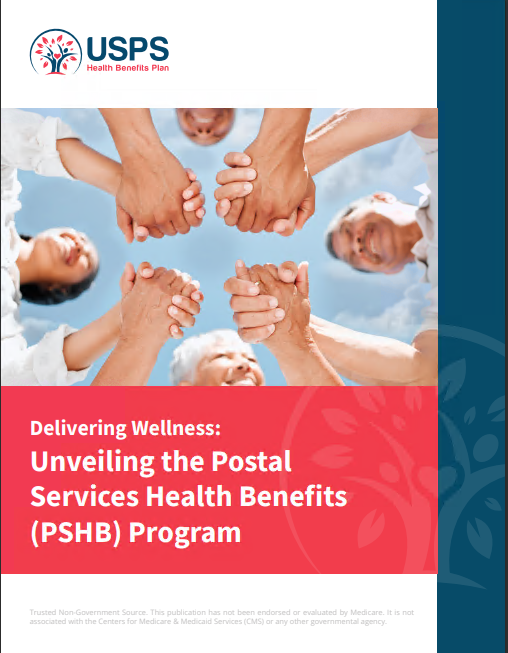Key Takeaways:
-
The transition from FEHB to PSHB significantly changes health benefits for USPS employees and retirees in 2025, requiring adjustments and timely action during Open Season.
-
Understanding the new PSHB program’s structure, eligibility, and enrollment deadlines ensures you maintain coverage and avoid unnecessary complications.
Why USPS Workers and Retirees Need to Pay Attention
The shift from the Federal Employees Health Benefits (FEHB) program to the Postal Service Health Benefits (PSHB) program is one of the most important changes for USPS employees and retirees in recent years. If you’ve been enrolled in FEHB, this transition directly impacts your health insurance coverage, so understanding the process is essential. Let’s break down what this means for you and what steps you need to take.
What is the PSHB Program?
The PSHB program is a new health benefits system specifically designed for Postal Service employees, retirees, and their eligible family members. Beginning January 1, 2025, all USPS workers and retirees must be enrolled in a PSHB plan to maintain health insurance coverage. This new program is tailored to the unique needs of postal employees, replacing the FEHB plans previously available.
Key Features of PSHB:
-
Tailored Coverage: Plans under PSHB are designed with postal workers’ health needs in mind.
-
Cost-Sharing Adjustments: PSHB introduces new coinsurance, deductibles, and copayment structures.
-
Medicare Integration: For retirees eligible for Medicare, PSHB coordinates benefits to reduce out-of-pocket costs.
Who Needs to Enroll?
Current Employees
If you’re a USPS employee, you’ll be automatically transitioned to a comparable PSHB plan based on your existing FEHB coverage. However, Open Season provides an opportunity to review your options and make changes if necessary.
Retirees
As a retiree, your enrollment also transitions automatically. If you’re Medicare-eligible, you may need to enroll in Medicare Part B to maximize the benefits available through PSHB.
Family Members
Eligible family members, including spouses and dependents, will remain covered under your PSHB plan as long as they meet eligibility criteria.
Timeline to Keep in Mind
Open Season Dates
The 2025 Open Season runs from November 11 to December 13. This is your window to review your plan, compare options, and make changes if needed. Changes made during Open Season take effect on January 1, 2026.
Medicare Part B Enrollment
If you are a retiree and Medicare-eligible but not already enrolled in Part B, you must sign up during the appropriate enrollment period to retain PSHB coverage. Exceptions exist for retirees who left service before January 1, 2025.
Understanding PSHB Costs
While PSHB offers comprehensive coverage, it’s essential to understand how costs may differ from FEHB. Here’s what you need to know:
Premium Contributions
The government continues to cover approximately 70% of your plan’s premium. You’ll be responsible for the remaining share, which varies depending on your selected plan and coverage type (Self Only, Self Plus One, or Self and Family).
Deductibles and Coinsurance
-
In-Network Deductibles: Range from $350 to $500 for low-deductible plans and $1,500 to $2,000 for high-deductible plans.
-
Out-of-Network Deductibles: Typically higher, ranging from $1,000 to $3,000.
-
Coinsurance: In-network services generally require 10%-30% coinsurance, while out-of-network costs are significantly higher, ranging from 40%-50%.
Out-of-Pocket Maximums
-
Self Only Plans: $7,500 in-network.
-
Self Plus One and Self and Family Plans: $15,000 in-network.
Prescription Drug Coverage
PSHB plans include prescription drug benefits, with some plans offering reduced costs for those enrolled in Medicare Part D. A notable change in 2025 is the $2,000 annual cap on out-of-pocket prescription drug costs.
Medicare Integration
If you’re eligible for Medicare, enrolling in Part B is a key component of maximizing PSHB benefits. Here’s how Medicare works with PSHB:
Benefits for Medicare-Eligible Retirees
-
Reduced Out-of-Pocket Costs: Deductibles, coinsurance, and copayments are often reduced or waived for retirees with Medicare.
-
Pharmacy Benefits: Many PSHB plans include Medicare Part D Employer Group Waiver Plans (EGWPs), which provide additional prescription drug coverage.
Enrollment Deadlines
To avoid gaps in coverage or penalties, ensure you’re enrolled in Medicare Part B during the correct enrollment period. If you’re not already enrolled, contact Medicare for assistance.
What Happens if You Don’t Take Action?
Failing to understand and act on the transition requirements could result in lapses or changes in coverage. Here’s what to watch for:
Automatic Enrollment
If you’re currently enrolled in FEHB, you’ll be automatically transitioned to a comparable PSHB plan. However, it’s always a good idea to review your plan during Open Season to ensure it meets your needs.
Loss of Coverage
Retirees who fail to enroll in Medicare Part B (if required) risk losing access to PSHB benefits. Don’t let deadlines pass without confirming your status.
Making the Most of Open Season
Open Season is your chance to take control of your health benefits. Here’s how to make informed choices:
-
Review Your Options: Compare PSHB plans using the information provided by the Office of Personnel Management (OPM).
-
Consider Your Needs: Think about your family size, medical requirements, and budget when selecting a plan.
-
Ask Questions: Contact OPM or your HR representative if you’re unsure about any aspect of the transition.
-
Plan for Medicare: If you’re Medicare-eligible, make sure your enrollment is up-to-date.
Staying Informed
The transition to PSHB is a significant change, but there are plenty of resources to help you navigate it. The OPM website and USPS communications provide detailed information about the new plans, costs, and timelines. Stay proactive by:
-
Reading plan brochures for specific details on coverage and cost-sharing.
-
Attending informational webinars or sessions hosted by USPS.
-
Keeping track of key dates and deadlines to avoid missing opportunities to update your coverage.
Prepare Now for a Smooth Transition
The shift from FEHB to PSHB might feel overwhelming at first, but staying informed and taking timely action will help ensure your health coverage continues seamlessly. Don’t wait until the last minute—start reviewing your options now and be ready for Open Season.











